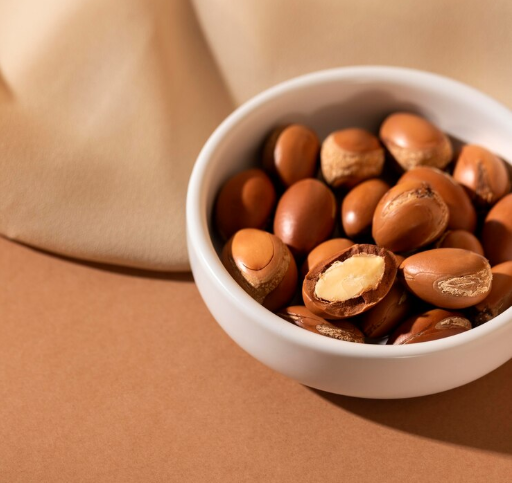
Shea Butter: Africa's Gold in the Global Market
Share
Few people imagine that a centuries-old tree in West Africa could be found in everyday products like chocolate and cosmetics. Yet, shea butter—gathered by rural women—embarks on a remarkable journey to the global market, generating income for 16 million women and driving approximately 230 million dollars in economic activity every year.
Production and Challenges
The process behind shea butter is as demanding as it is traditional. The women who collect the shea nuts follow a rigorous routine: they harvest the fruits, dry them, remove the shells, and prepare the kernels. Despite their expertise, these collectors face significant challenges such as a shortage of firewood and water, along with the pressures of deforestation—which has already reduced 17.5% of shea trees in Burkina Faso. With a maturation period of up to 15 years for each tree, natural regeneration is seriously at risk.
Industry Expansion
Since 2010, the shea butter industry has experienced tremendous growth. Exports have tripled, and a total of 70 million dollars have been invested in sustainability initiatives. Ghana leads the sector, with Nigeria quickly expanding its processing capabilities, underscoring the economic importance of shea butter on the global stage.
Growing Demand
Approximately 85% of exported shea butter is used in the chocolate industry as a substitute for cocoa butter (CBEs). The cosmetics sector is also a major driver of demand, and innovative new applications—such as meat substitutes and candles—are emerging, broadening the scope of shea butter's use.
The Future of Shea
Projections suggest that global demand for shea butter could more than double in the next 10 years, reaching an estimated 1.17 million tonnes. However, the sustainability of the entire supply chain hinges on the preservation of shea trees and the improvement of conditions for the women who harvest them.
Shea butter is not just a valuable ingredient—it's a symbol of tradition, resilience, and empowerment. Its continued success in the global market depends on the collective efforts of everyone involved in its supply chain. Protecting the shea trees and supporting rural communities are essential steps to ensure a promising future for this remarkable product.
By choosing shea butter, you're not only embracing a natural skincare powerhouse but also contributing to the sustainable development and empowerment of millions of women across West Africa.
